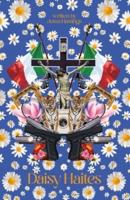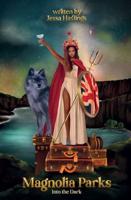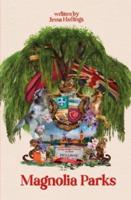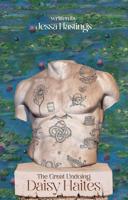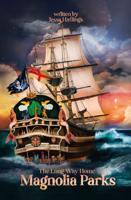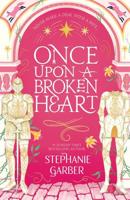Publisher's Synopsis
This historic book may have numerous typos and missing text. Purchasers can usually download a free scanned copy of the original book (without typos) from the publisher. Not indexed. Not illustrated. 1891 edition. Excerpt: ... chapter vi. its geology and botany. The adamantine rock, the fragile flower, The equal work of an Almighty power. geology. ( Communicated.) lochnagar, with the hills and lower tracts of country immediately around it, consists of granite, which is continued on the range of hills on the South side of the Dee for about 30 miles to the East. This granite tract in Braemar is flanked on the North, the West, and the South by other rocks, such as gneiss, mica-slate, quartzite, limestone, &c.; and some of these rocks intervene between the two granite tracts of Lochnagar and the Cairngorms. The following paragraphs have been compiled from the authorities quoted, and from the facts given much can be learned, in studying carefully the superficial rock phenomena of Lochnagar and vicinity, of the principles of geology, physical and chemical. According to Professor W. Macgillivray, ll.D. (in his Natural History of Deeside and Braemar, a work printed in 1855 soon after his death, by command of the Queen, for private circulation, and to which we have more than once had occasion to refer), Lochnagar rises majestically above all other mountains on the South side of the Dee, and has more dignity than any other Scottish mountain except Ben Nevis. Along with its projections and dependencies, some extending miles into the surrounding tract, it consists of granite, rather coarse-grained, reddish, with a little mica. The felspar is pale flesh-coloured, in irregular concretions or imperfect crystals; the quartz, dark brownish grey; and the mica, brownish black, in very small scales. The granite is similar to that composing the Cairngorm or Monadh Ruadh (red) mountains. The rock is easily frangible, and has decomposed very extensively in the abrupt crags of the



